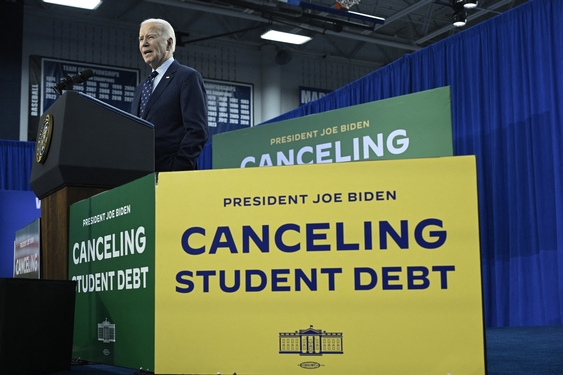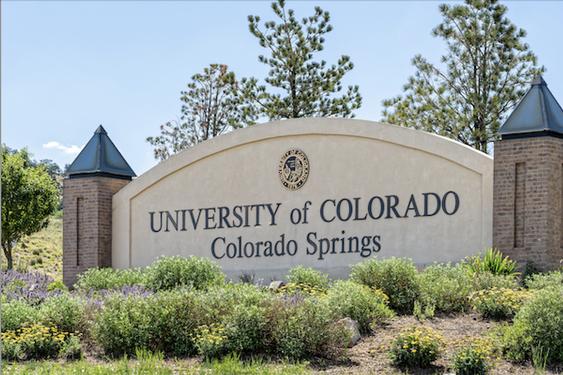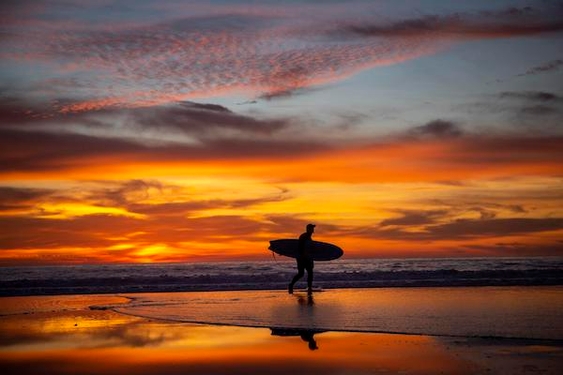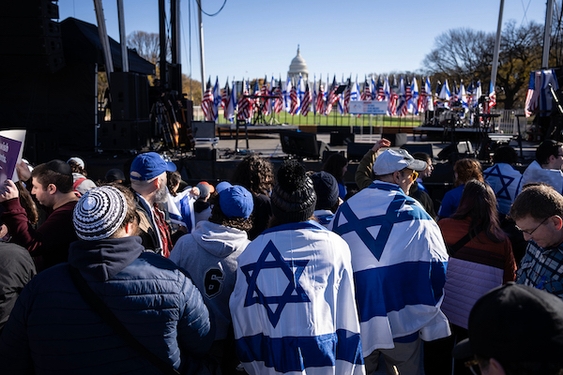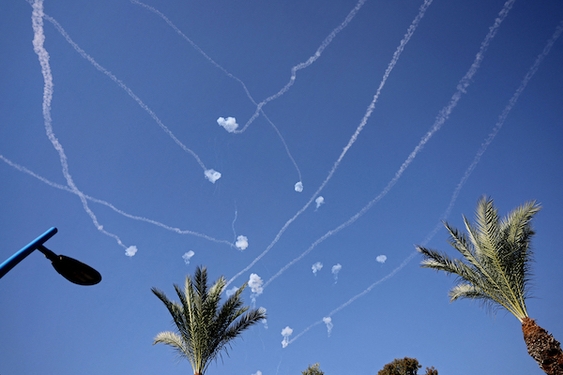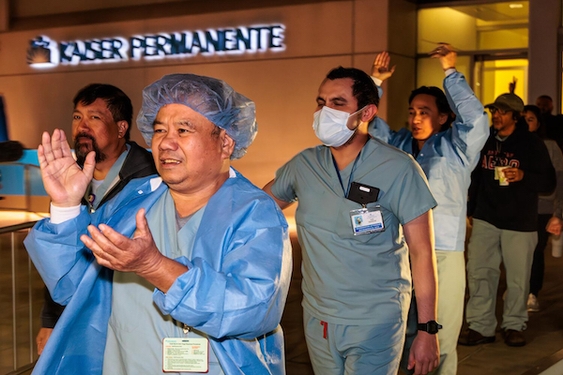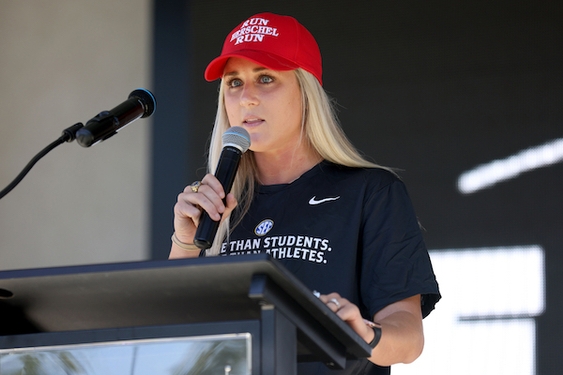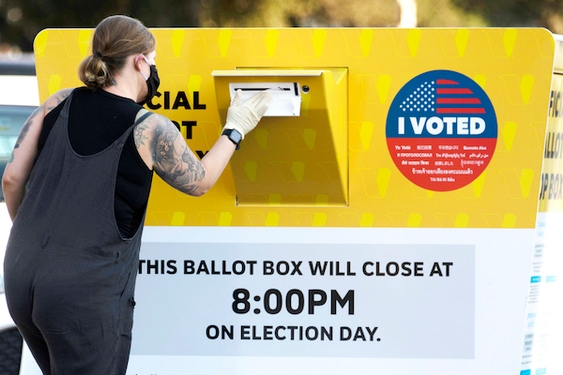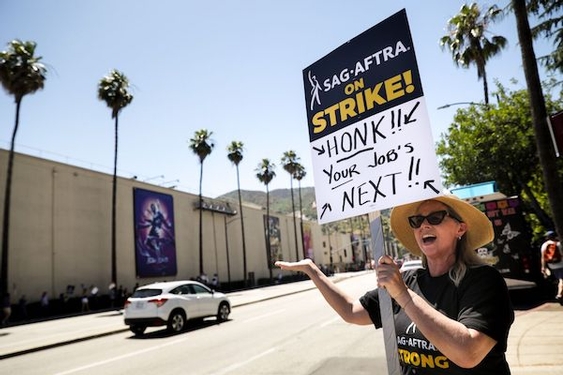Yet as the 100th anniversary of America’s most devastating earthquake approaches, its ripple effects continue to shape the state. The Bay Area’s drinking water supply. The Bank of America. The rise to prominence of Los Angeles. Scientific understanding of how earthquakes occur. Carmel’s artist culture. The clear-cutting of Northern California’s redwoods. The growth of Pentecostalism. Even the handprints of movie stars in the concrete at Grauman’s Chinese Theater in Hollywood. All are little-known legacies of the 1906 quake.
“Besides the Gold Rush, the 1906 earthquake and fire was the most dramatic and historically lasting event in California history,’’ says Philip Fradkin, author of The Great Earthquake and Firestorms of 1906. “The consequences affected the whole state and the West.’’
At 5:12 a.m. on April 18, 1906, the San Andreas Fault ruptured for almost 300 miles from Point Arena in Mendocino County to San Juan Bautista. Buildings, roads, trees were violently jolted during 45 seconds of upheaval. The shaking was worst nearest the epicenter, in the Pacific Ocean off San Francisco. Geologists now estimate the magnitude at 7.9. San Francisco bore the brunt. The quake was bad enough, but fires that burned for three days – caused by broken gas pipes, overturned coals, Army troops dynamiting buildings in an attempt to slow the flames and a lack of water due to broken pipes – created a historic calamity.
More than 490 city blocks burned. In the end, the quake and fires killed at least 700 people, although some estimates place the number as high as 3,000. Destroyed were 28,000 buildings, including City Hall and nearly all schools, stores and libraries. More than half the city’s 400,000 residents were left homeless.
“Outside of the Civil War, there had never been an American city devastated like San Francisco was in 1906,’’ says Kevin Starr, professor of history at the University of Southern California and former state librarian. “You have to go forward 99 years to Hurricane Katrina in New Orleans to find a major American city that was nearly wiped out.’’
From the ashes came change. The fires, for instance, finally persuaded Congress in 1913 to approve building a huge reservoir at Hetch Hetchy Valley in Yosemite National Park. Today Hetch Hetchy provides drinking water to 2.4 million Bay Area residents from San Jose to San Francisco.
The quake also changed American finance. In 1904, San Jose native Amadeo Peter “A.P.’’ Giannini opened a small bank he named the Bank of Italy with loans from friends in a former North Beach saloon.
Having worked in his family’s produce business, Giannini saw how major banks refused loans to immigrants and laborers. So he built his business around them.
When the earthquake hit, as fires raged, Giannini borrowed a horse wagon filled with vegetables and raced to the building. Amid street chaos and looting, he emptied $2 million in gold and securities from his vault, hid them under the vegetables and slipped through the mobs to safety. Within days, as larger banks stayed closed, he reopened on a San Francisco wharf with a plank and two barrels for a desk. He immediately began making loans vital in rebuilding the city to anxious shopkeepers and homeowners.
Over the years, Giannini’s bank grew and acquired other banks, including New York City’s venerable Bank of America. He democratized American banking, looking out for the little guy by creating new products – from auto loans to home mortgages. By the time Giannini died in San Mateo in 1949, his Bank of America had become a world finance leader.
The landscape changed as Bay Area towns rushed to rebuild. Loggers clear-cut vast redwood forests from Santa Cruz to Oregon to supply lumber.
And culture changed as well. After the quake, Carmel developer Frank Devendorf offered lots in his sleepy seaside village to displaced artists for $10 down. Painters, artists and writers flocked in, including Mary Austin, Jack London, Armin Hansen and Upton Sinclair. A century later, Carmel remains an art gallery mecca, though real estate prices have driven many artists away.
As tiny towns changed, so did the state’s major cities. In 1906, San Francisco was the largest American city west of the Mississippi River, a colossus of finance, culture and political power. With the quake, gone in an instant was the colorful outpost of the Barbary Coast and railroad barons. In its place, 20th-century California began. By 1920, Los Angeles passed San Francisco as the West’s most populous city. Although historians say the growth was inevitable because of the Southland’s booming film, oil and aviation industries – along with the construction of an aqueduct from Owens Valley to expand Los Angeles’ water supply – many contend the quake accelerated it.
“The weather and film industry were already in play, but migration that hitherto had gone to Northern California went to Southern California,’’ says Simon Winchester, author of A Crack at the Edge of the World, a book about the 1906 quake.
The quake also helped define Hollywood. A Bay Area impresario, Sid Grauman, ran the Unique Theater at 20 E. Santa Clara St. in San Jose. Grauman held vaudeville shows and sold tickets to silent movies for 10 cents each. The quake wrecked the theater. He moved south, and eventually opened the landmark Grauman’s Chinese Theater on Hollywood Boulevard, where celebrities from Betty Grable to Arnold Schwarzenegger have put their handprints in the concrete ever since.
The quake even changed American religion. Elsewhere in Los Angeles, a small sect with a fundamentalist, speaking-in-tongues style had begun meeting at the Azusa Street Church. After the quake, its preacher, Frank Bartleman, distributed thousands of pamphlets claiming the earthquake was the voice of God. In droves, people joined the church and others like it that sprung up, Winchester noted. A major movement emerged. Today 20 million Americans are Pentecostalist.
As it jolted religion, the quake also revolutionized science. Until 1906, geologists had only a rudimentary understanding of the San Andreas Fault. Afterward, more than 20 scientists from Stanford, the University of California-Berkeley and other universities working on a state commission discovered that the fault ran for hundreds of miles. They found that damage depended largely on what kind of soil was beneath buildings. Also, they learned that earthquakes are caused by the release of energy when faults slip.
“It certainly is the birth of modern earthquake science,’’ says Mary Lou Zoback, a seismologist at the U.S. Geological Survey in Menlo Park, Calif. “They put all these different types of data together, and all of a sudden there was a recognition these weren’t random events. They were part of an ongoing process. Everything we do now is based on that notion.’’
Perhaps the most significant outcome of the 1906 quake was that it almost certainly reduced the number of quakes for the rest of the 20th century. Zoback says the earthquake was so large, it released tension on other Bay Area faults.
Although geologists look to the past to help understand the state’s future, many Californians have gone through life knowing little about the great 1906 earthquake.
That’s because the state’s mythology is built on renewal, says Tim Hodson, director of the Center for California Studies at California State University-Sacramento.
“Back home you were Norma Jean. Here you can be Marilyn Monroe,’’ Hodson says. “If that’s the psychology, you don’t want to celebrate the past. California is a new land, a land of tomorrow, not yesterday. We are militantly ahistorical.’’



